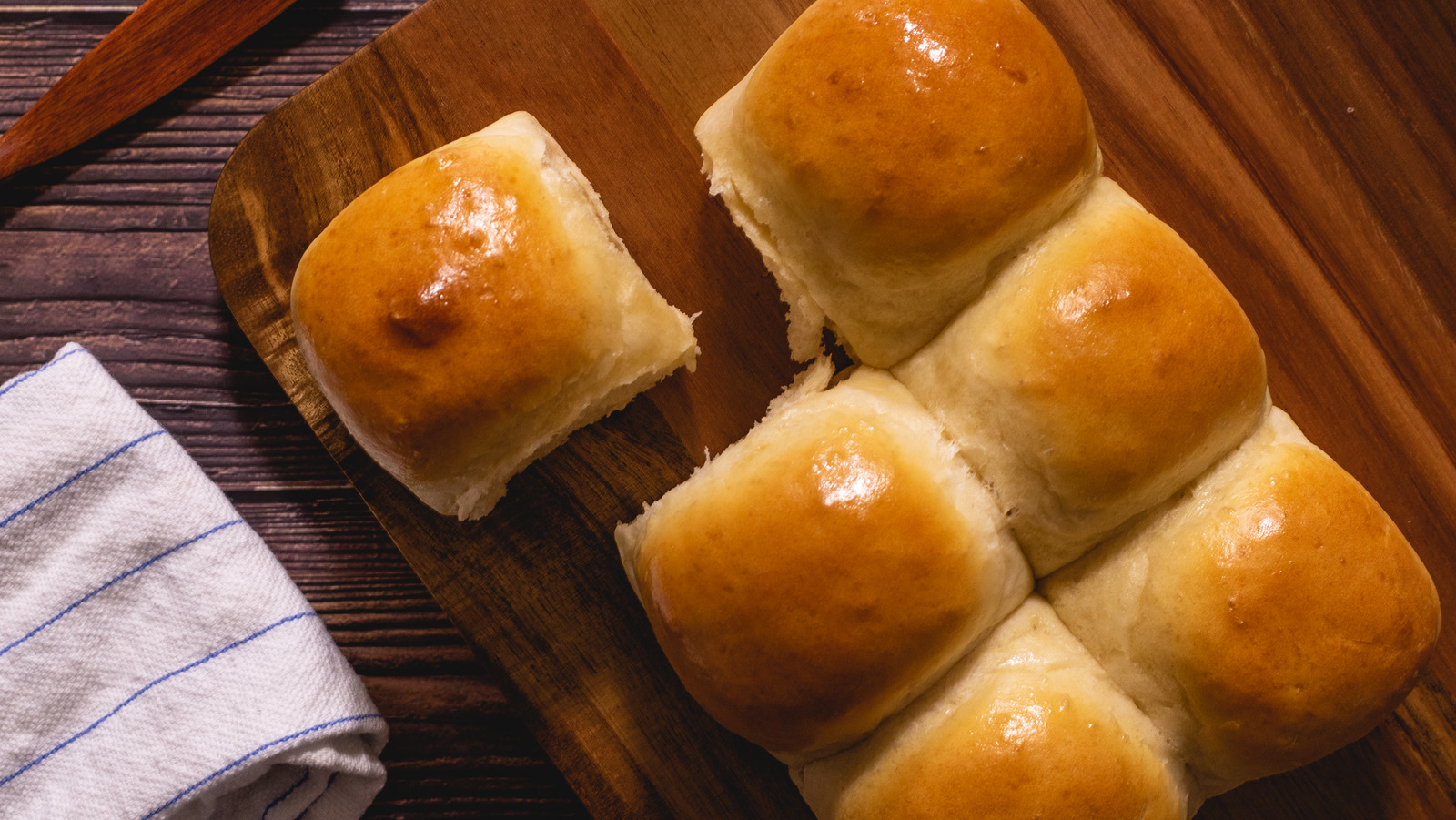
How to Lose Weight at Home: A Practical Guide to Achieving Your Goals
Losing weight at home is not only possible but also convenient and sustainable with the right approach. You don’t need a gym membership or fancy equipment to shed pounds and feel healthier. By making smart choices, staying consistent, and creating a supportive environment, you can achieve your weight loss goals from the comfort of your home. This how-to-lose-belly-fat-at-home-a-practical-guide/”>guide will walk you through belly-fat-at-home-a-practical-guide/”>practical, science-backed strategies to lose weight effectively, with tips on nutrition, exercise, and lifestyle changes.
Why Losing Weight at Home Works
Losing weight at home offers flexibility and control over your environment, which can make sticking to a plan easier. You can customize your meals, workouts, and schedule without external pressures. Plus, home-based weight loss eliminates barriers like gym intimidation or commuting time, making it ideal for busy individuals or those who prefer privacy.
To succeed, focus on creating a calorie deficit—burning more calories than you consume—while maintaining a balanced lifestyle. Let’s dive into the key components: nutrition, exercise, and habits that support long-term weight loss.
Nutrition: Fuel Your Body for Success
Plan Balanced Meals
The foundation of weight loss is a healthy diet. Start by planning meals that include lean proteins (chicken, fish, tofu), whole grains (quinoa, brown rice), and plenty of vegetables. These foods are nutrient-dense, keeping you full longer while providing essential vitamins and minerals. Aim for portion control by using smaller plates or measuring servings to avoid overeating.
Incorporate healthy fats like avocados, nuts, or olive oil in moderation, as they support satiety and overall health. Avoid processed foods high in sugar and unhealthy fats, such as sodas, chips, and fast food, which can derail your progress.
Master Meal Prep
Meal prepping is a game-changer for weight loss at home. Dedicate a few hours each week to prepare healthy meals in advance. For example, cook a batch of grilled chicken, roasted vegetables, and quinoa to mix and match throughout the week. Store meals in portioned containers to resist the temptation of unhealthy snacks or takeout.
Try recipes like a veggie-packed stir-fry or a protein-rich salad with chickpeas and feta. Having ready-to-eat meals reduces decision fatigue and helps you stay on track, especially on busy days.
Stay Hydrated
Drinking enough water is crucial for weight loss. Water helps control appetite, boosts metabolism, and supports digestion. Aim for at least 8–10 glasses daily, and consider starting your day with a glass of water to kickstart your metabolism. Herbal teas or infused water with lemon or cucumber can add variety without extra calories.
Avoid sugary drinks like sodas or energy drinks, as they add empty calories. If you crave flavor, opt for sparkling water with a splash of natural fruit juice.
Exercise: Move Your Body at Home
Create a Home Workout Routine
You don’t need a gym to get a great workout. Bodyweight exercises like push-ups, squats, lunges, and planks are effective for burning calories and building strength. Aim for 20–30 minutes of exercise most days of the week. High-Intensity Interval Training (HIIT) is particularly effective for weight loss, as it combines short bursts of intense activity with rest periods to maximize calorie burn.
For example, try a 20-minute HIIT workout: 30 seconds of jumping jacks, 30 seconds of squats, 30 seconds of push-ups, and 30 seconds of rest, repeated for 5 rounds. Apps or free YouTube videos can guide you through routines tailored to your fitness level.
Incorporate Cardio
Cardio is essential for burning calories and improving heart health. At home, you can do activities like jumping rope, dancing, or running in place. If you have a staircase, use it for a quick cardio session by walking or running up and down for 10–15 minutes. Even a brisk walk around your living room or backyard can add up over time.
Aim for at least 150 minutes of moderate cardio per week, as recommended by health experts. Mix it up to keep things fun and engaging.
Add Strength Training
Strength training builds muscle, which boosts your metabolism and helps you burn more calories even at rest. Use household items like water bottles or backpacks filled with books as makeshift weights. Exercises like bicep curls, shoulder presses, or weighted squats can be done with minimal equipment.
Aim for 2–3 strength training sessions per week, targeting major muscle groups like legs, arms, and core. As you get stronger, increase the weight or repetitions to keep challenging your body.
Lifestyle Changes for Sustainable Weight Loss
Prioritize Sleep
Sleep is often overlooked but critical for weight loss. Poor sleep disrupts hormones that regulate hunger, leading to increased cravings and overeating. Aim for 7–9 hours of quality sleep per night. Create a bedtime routine by avoiding screens an hour before bed, keeping your room cool and dark, and sticking to a consistent sleep schedule.
Manage Stress
Chronic stress can lead to emotional eating and weight gain due to elevated cortisol levels. Practice stress-reducing activities like meditation, deep breathing, or yoga at home. Even 10 minutes of mindfulness daily can make a difference. Apps like Headspace or Calm offer guided sessions to help you relax.
Track Your Progress
Monitoring your progress keeps you motivated and accountable. Use a journal or app to track your meals, workouts, and weight loss milestones. Weigh yourself weekly, but don’t obsess over the scale—focus on non-scale victories like increased energy, better-fitting clothes, or improved stamina.
Set realistic goals, such as losing 1–2 pounds per week, which is considered safe and sustainable. Celebrate small wins to stay motivated on your journey.
Common Pitfalls to Avoid
Skipping Meals
Skipping meals might seem like a shortcut, but it often leads to overeating later due to hunger. Stick to regular, balanced meals and snacks to maintain steady energy levels and avoid cravings.
Overdoing Cheat Days
Indulging occasionally is fine, but frequent cheat days can undo your progress. Instead of a full cheat day, enjoy a small treat, like a piece of dark chocolate or a single slice of pizza, to satisfy cravings without derailing your diet.
Expecting Quick Results
Weight loss is a gradual process, and expecting overnight results can lead to frustration. Focus on consistency and small changes rather than drastic measures. Sustainable weight loss takes time, but the results are worth it.
Stay Motivated and Consistent
The key to losing weight at home is consistency. Create a schedule for meals and workouts, and stick to it as much as possible. Find a support system, whether it’s a friend, family member, or online community, to share your journey and stay accountable.
Reward yourself for milestones with non-food treats, like new workout gear or a relaxing spa day at home. Keep your goals in sight, and remind yourself why you started. Whether it’s improving your health, boosting confidence, or feeling more energetic, your “why” will keep you going.
Conclusion
Losing weight at home is achievable with the right mindset and strategies. By focusing on balanced nutrition, regular exercise, and healthy lifestyle habits, you can create a sustainable plan that fits your life. Start small, stay consistent, and celebrate your progress along the way. With dedication and patience, you’ll not only lose weight but also build a healthier, happier version of yourself—all from the comfort of your home.




